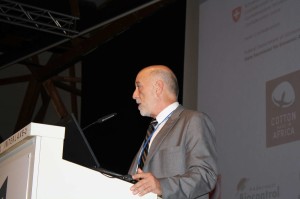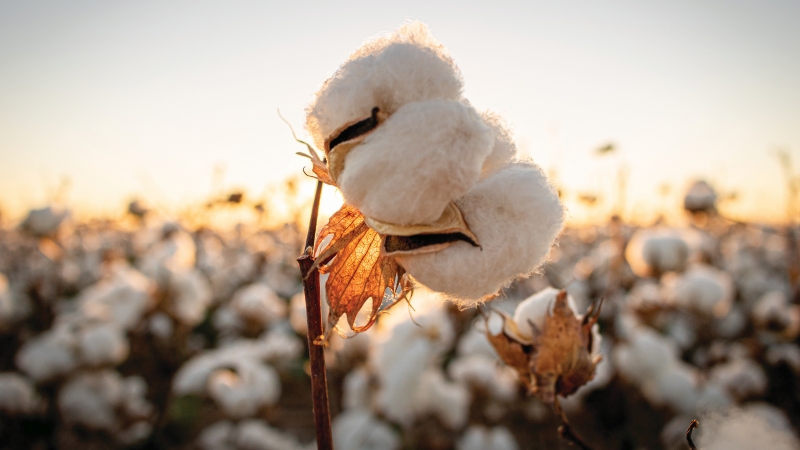Live from ICAC: Biotech Advances in Cotton

Few things generate as much buzz and excitement as advances in technology, regardless of the industry or application, and that certainly holds true for agriculture. If there were any doubts about how much interest there is in biotechnological advances in cotton, they were put to rest on the opening day of ICAC’s 71st Plenary Conference. Held on Sunday, Oct. 7, in Interlaken, Switzerland, approximately 100 people were in the audience during the meeting of the Roundtable on Biotechnology in Cotton. When the roundtable was held during last year’s ICAC Meeting in Buenos Aires, the number of attendees brely reached double digits.
The increase in attendance was no accident, according to Rafiq Chaudry, head of ICAC’s Technical Information Section. “We encouraged attendance and input from everyone who has an interest in biotechnology’s role in cotton,” Chaudry said. “The use of biotechnology will have an impact on the entire industry, not just the panel members.”
He added that the industry is beginning to understand exactly what biotechnology means. Terms such as “Bt” and “GM” are often used intechangeably, but Bt refers to a very specific application, while GM encompasses all types of genetic modification, including traditional breeding practices.
He added that the industry is beginning to understand exactly what biotechnology means. Terms such as “Bt” and “GM” are often used intechangeably, but Bt refers to a very specific application, while GM encompasses all types of genetic modification, including traditional breeding practices.
Much of the interest is coming from developing nations, whose industries are desperate for the improvements that biotechnology can provide in terms of yield, as well as pest and weed control. But things are rarely that easy, according to the chair of the Rountable, Dr. Keith Menchey. “It’s not as simple as picking up a cotton plant from one region and planting it in a different one,” he says. “Cotton varieties are very sensitive to specific environmental conditions. Added to that, there are many challenges that plague only specific regions, such as the boll weevil in the Western Hemisphere and leaf-curl virus in Pakistan.”









